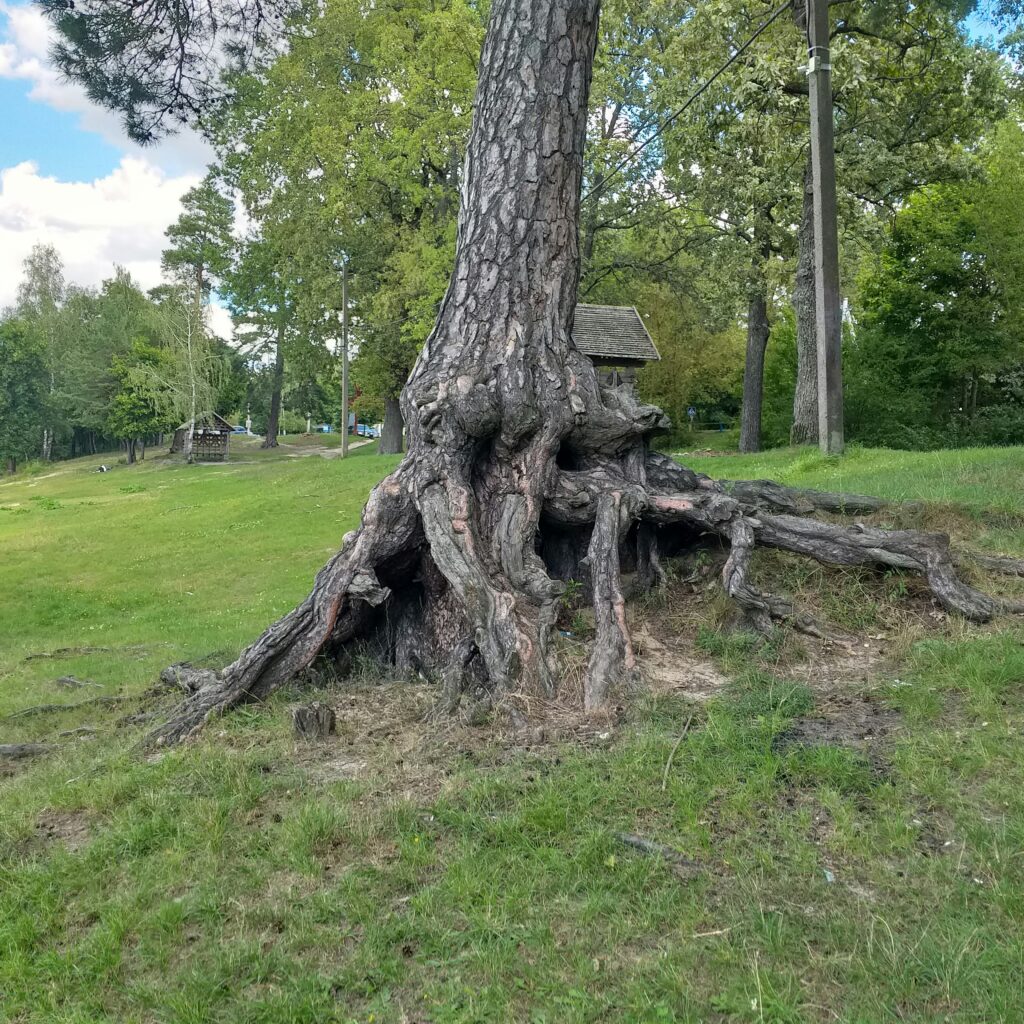
Photo by Natalia Kazarina on Unsplash
In the quiet understory of a forest, a tree’s life is not defined by what’s immediately visible. Beneath the surface, a vast root system stretches wide and deep—seeking water, anchoring against storms, and slowly expanding its unseen reach. Trees that thrive for generations are rarely the fastest growers; they are the ones positioned near a steady source of water and adapted to their terrain. Fruit comes not on demand, but in rhythm—after frost, after bloom, after time. Nature does not rush what is meant to unfold in season. What appears dormant is often a preparation for resilience.
Have you ever felt pressure to produce before you’re ready? Imagine trying to bear fruit without first being rooted—giving endlessly without grounding, striving without rest. Like the tree in winter, you might not see growth, but deep within, something is stabilizing. In a culture obsessed with immediacy, it’s easy to miss the sacred pace of becoming. Consider the moments in your life when you’ve been in between—neither blooming nor withering—simply abiding. Those seasons, though quiet, may be where your truest foundation was formed.
Stewardship invites you to honor this slow and steady process. It means tending to what you’ve been given—your time, energy, and inner landscape—with intention, not urgency. Just as a tree draws life from the soil to offer shade, fruit, or shelter, you are called to cultivate stability that blesses others. True growth is not forced but fostered—by paying attention, by staying rooted, and by trusting the quiet work happening beneath the surface.
“He is like a tree planted by streams of water that yields its fruit in its season, and its leaf does not wither. In all that he does, he prospers.” (Psalm 1:3 ESV)
The psalmist compares the righteous person to a strategically positioned tree with consistent access to nourishment. This flourishing operates according to natural rhythms—fruit appearing “in its season”—suggesting that spiritual growth follows divine timing rather than forced productivity. The promise is not immunity from difficult seasons but resilience through them—leaves that “do not wither” even when conditions would usually cause deterioration.
“Therefore, as you received Christ Jesus the Lord, so walk in him, rooted and built up in him and established in the faith, just as you were taught, abounding in thanksgiving.” (Colossians 2:6-7 ESV)
Paul depicts spiritual maturity as having both underground stability (“rooted”) and above-ground structure (“built up”). This development happens not through complicated techniques but through the same simple trust by which we first “received Christ”—faith expressed in daily walking. Being firmly established enables us to survive and overflow with gratitude, as stability in Christ produces an abundance that circumstances cannot diminish.
“They are planted in the house of the LORD; they flourish in the courts of our God. They still bear fruit in old age; they are ever full of sap and green.” (Psalm 92:13-14 ESV)
“That according to the riches of his glory he may grant you to be strengthened with power through his Spirit in your inner being, so that Christ may dwell in your hearts through faith—that you, being rooted and grounded in love, may have strength to comprehend with all the saints what is the breadth and length and height and depth.” (Ephesians 3:16-18 ESV)
Spiritual Move: Stewardship
Stewardship is the practice of managing the resources God has entrusted to you, from the earth to your time and talents. It connects you to the land, reminding you that you are a caretaker of God’s creation, tasked with cultivating and preserving what He has made.
Journaling Prompts:
1. Where do I feel most uprooted or unstable spiritually?
2. What specific nourishment do my spiritual roots most need right now?
Group Discussion Questions:
1. How do you distinguish between helpful stability and harmful rigidity in your faith?
2. What practices have most effectively deepened your spiritual roots?
3. How does our community provide lateral root support during individual storms?
4. What might it mean to accept your current spiritual “season” rather than forcing growth?
We’d love to hear from you! What stood out, and what would you add to the conversation? Drop your thoughts or questions in the “Leave a Reply” section below, (Click the Read in Browser link). — You never know what you might get started.